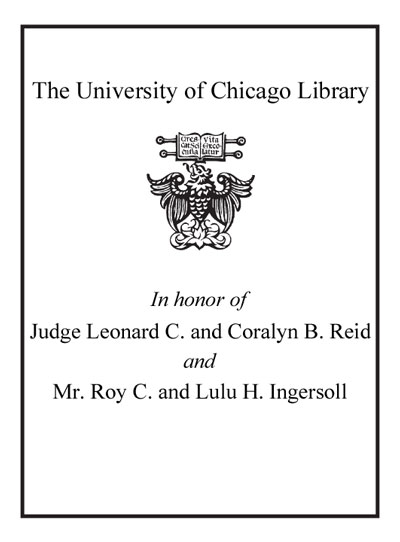Stereotypes and prejudice in conflict : representations of Arabs in Israeli Jewish society /
Saved in:
| Author / Creator: | Bar-Tal, Daniel. |
|---|---|
| Imprint: | Cambridge ; New York : Cambridge University Press, 2005. |
| Description: | xvi, 483 p. : ill. (some col.) ; 24 cm. |
| Language: | English |
| Subject: | |
| Format: | Print Book |
| URL for this record: | http://pi.lib.uchicago.edu/1001/cat/bib/5585399 |
Table of Contents:
- Preface
- Introduction
- General overview
- 1. The psychological basis of intergroup relations
- 1.1. Intergroup behavior
- 1.2. Psychological intergroup repertoire
- 1.3. Formation of the psychological intergroup repertoire
- 1.4. Conclusions
- 2. Psychological intergroup repertoire in intractable conflicts
- 2.1. Intractable conflicts
- 2.2. Societal beliefs in intractable conflicts
- 2.3. Negative psychological intergroup repertoire
- 2.4. Conclusions
- 3. The context: The Arab-Israeli intractable conflict
- 3.1. Socio-cultural context
- 3.2. The intractable nature of the Arab-Israeli conflict
- 3.3. The Jewish narrative of the Arab-Israeli conflict
- 3.4. Israeli Jewish ethos of conflict
- 3.5. Conclusions
- 4. Representation of Arabs in public discourse
- 4.1. The impact of mass media
- 4.2. Public discourse before the establishment of the State
- 4.3. Public discourse by leaders
- 4.4. Public discourse through the media in the State of Israel
- 4.5. Research on the presentation of Palestinians in the Israeli mass media
- 4.6. Research on the presentation of Arab citizens of the State of Israel in the media
- 4.7. Conclusions
- 5. Representation of Arabs in school textbooks
- 5.1. Presentation of Arabs in school textbooks of the pre-state period
- 5.2. Presentation of Arabs in school textbooks from 1948 up to the early 1970s
- 5.3. Presentation of Arabs in school textbooks between the mid 1970s and 1990s
- 5.4. Conclusions
- 6. Representation of Arabs in cultural products
- 6.1. Adult Hebrew literature
- 6.2. Children's literature
- 6.3. Hebrew drama
- 6.4. Israeli films
- 6.5. Conclusions
- 7. Representation of Arabs by Israeli Jews: review of empirical research
- 7.1. Psychological repertoire towards Arabs
- 7.2. Views about Arab-Israeli relations
- 7.3. Views about Arabs
- 7.4. Citizens of Israel
- 7.5. Conclusions
- 8. The development of shared psychological intergroup repertoire in a conflict: theory and methods
- 8.1. The cognitive foundations of social representations
- 8.2. Personality development, personality states, and social representations
- 8.3. The context of social representations
- 8.4. An integrative developmental-contextual approach for the acquisition and development of stereotypes and prejudice
- 8.5. Assessment of children's social representations - general considerations
- 8.6. Conclusions
- 9. Studies with preschoolers
- 9.1. Objectives and overview
- 9.2. Words, concepts, identities, stereotypes, and attitudes
- 9.3. Images, stereotypes, and attitudes in different social environments
- 9.4. General discussion
- 9.5. Conclusions
- 10. Studies with school children, adolescents, and young adults
- 10.1. Objectives and overview
- 10.2. Image acquisition
- 10.3. Influences of specific environments
- 10.4. Differentiation and generalization
- 10.5. Sense of knowledge, perceived similarity, and perceived quality of relations as predictors of stereotypes and attitudes
- 10.6. General discussion
- 10.7. Conclusions
- 11. The reflection of social images in human figure drawing
- 11.1. The development and meaning of drawings
- 11.2. Obtaining and scoring the drawings
- 11.3. Scoring the beliefs and intentions questionnaire
- 11.4. Research overview and objectives
- 11.5. General discussion
- 11.6. Conclusions
- 12. General conclusions and implications
- 12.1. Conclusions
- 12.2. Changing the shared psychological intergroup repertoire of people involved in intractable conflict: general observations
- 12.3. Changing the psychological intergroup repertoire in the context of intractable conflict: thoughts about intervention
- 12.4. Final words
- 12.5. References

